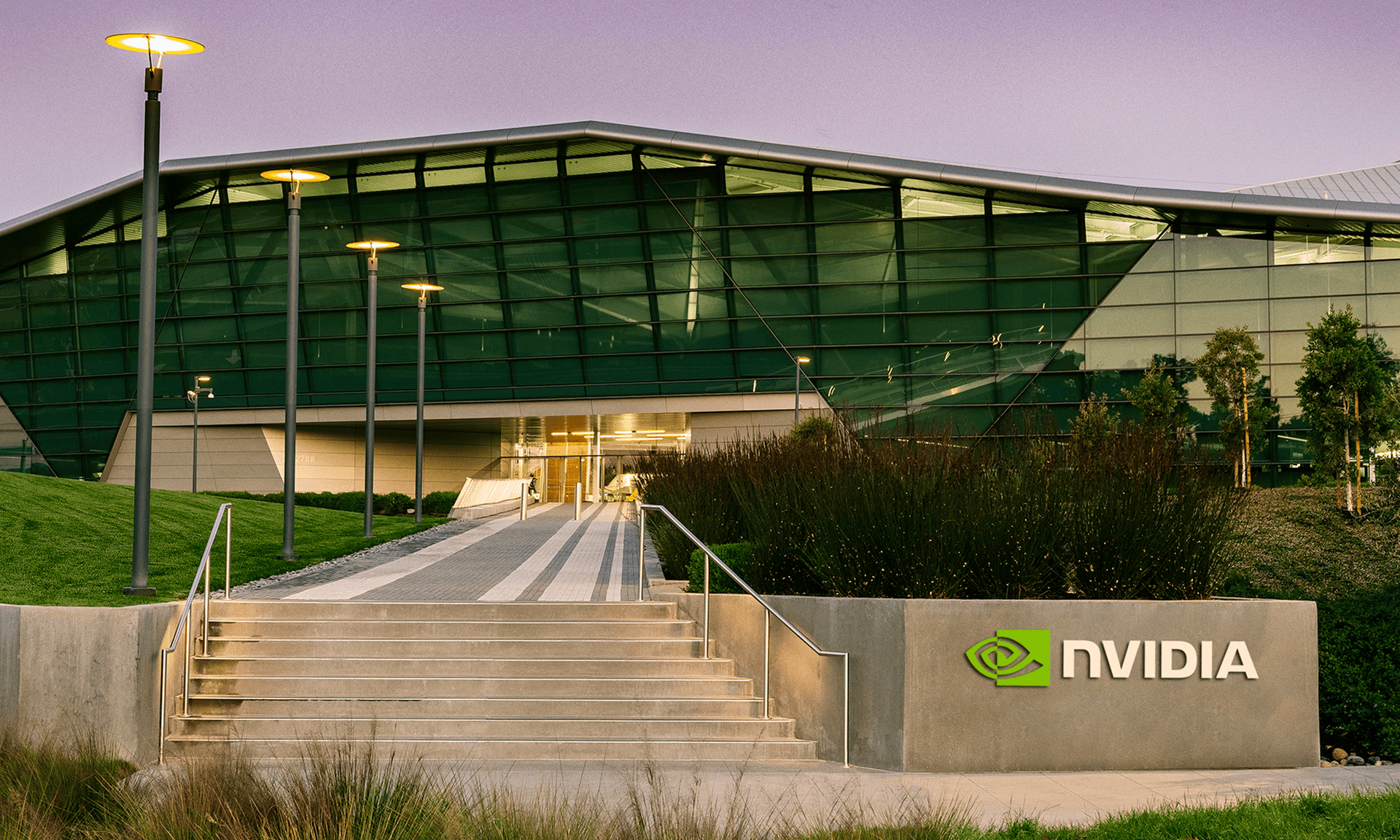Is Nvidia Still a Top AI Stock Pick? 4 Reasons Why It Is

News Summary
This article posits that Nvidia remains a top investment choice in the artificial intelligence (AI) sector, refuting concerns about an AI bubble or Nvidia's stock being overvalued. It highlights Nvidia's central role in AI technology since the AI arms race began in 2023, a dominance unlikely to change significantly in the future. The author provides four main reasons to support this view. Firstly, massive AI spending is still anticipated from hyperscalers like Meta Platforms and Alphabet, which have legitimate businesses funding their AI investments, with global data center capital expenditures projected for significant growth by 2030. Secondly, Nvidia has established a first-mover advantage, locking in most hyperscalers into its ecosystem, making switching costs for competitors prohibitively high. Thirdly, while the Trump administration revoked Nvidia's export license for chips to China earlier this year, a potential return to the Chinese market through U.S.-China trade negotiations could significantly boost the company's results. Lastly, the article argues that Nvidia's stock is not as expensive as perceived when factoring in its growth, with its valuation based on next year's earnings being comparable to its big tech peers.
Background
Nvidia, a leading global manufacturer of Graphics Processing Units (GPUs), holds a dominant position in artificial intelligence (AI) computing. Its GPU products are central to training and deploying large AI models, making it a key beneficiary of the AI "arms race" since 2023. However, market concerns about a potential AI valuation bubble and the U.S. government's restrictions on exporting advanced AI chips to China have been focal points for investors. The Trump administration revoked Nvidia's export license for certain AI chips to China earlier in 2025, posing a challenge to the company's growth prospects in a crucial market. Furthermore, data centers, as the core infrastructure for AI, have long construction cycles and require substantial capital investment. The persistent high demand for high-performance computing chips, often outstripping supply, leads clients to secure orders with suppliers years in advance.
In-Depth AI Insights
Is the "AI bubble" concern fully offset by hyperscaler spending, or are there hidden risks and dependencies? - The article suggests that the "legitimate businesses" of hyperscalers like Meta and Alphabet support their AI investments, thus mitigating bubble fears. However, this view might oversimplify the risks. While these companies have cash flow, the capital intensity of the AI arms race is extremely high, and the return on investment timeline and specific commercialization paths remain uncertain. - Crucially, hyperscaler AI spending is not linear; it's influenced by macroeconomic conditions, competitive dynamics, and their own profitability. A downturn in the economy or underperformance in AI application monetization could lead to a reassessment of these expenditures, impacting GPU demand. - Furthermore, concerns about startups like OpenAI paying for computing power with non-cash assets highlight a "equity for compute" funding model in parts of the AI sector. This inherently carries valuation bubble risks and could affect the broader AI supply chain, including Nvidia, in the future. How durable is Nvidia's ecosystem lock-in, and are there potential disruptive paths for competitors? - Nvidia's CUDA ecosystem indeed provides a strong lock-in effect, making it costly for customers to switch platforms. However, this lock-in is not insurmountable. Competitors like AMD, Intel, and hyperscalers developing their own custom chips (e.g., Google's TPUs, Amazon's Inferentia) are actively pursuing alternatives. - In the long term, with increasing trends towards open-source AI software stacks and the demand for multi-vendor strategies, customers may invest in abstraction layer software to reduce reliance on a single hardware provider. While Nvidia's advantage is hard to shake in the short term, the maturity of competitors' software toolchains will be a key indicator to watch in the coming years. - Moreover, geopolitical factors might compel certain nations or regions to seek localized AI chip solutions, even if at a higher cost, which could erode Nvidia's ecosystem advantage in specific markets. Will the Trump administration genuinely allow Nvidia to resume sales to China, and what are the strategic considerations behind such a move? - The article frames the potential return to China sales as a growth driver for Nvidia, but the Trump administration's tech containment policy towards China is driven by highly strategic and geopolitical considerations, not purely economic interests. - Allowing Nvidia to resume sales of advanced AI chips to China would be a significant bargaining chip for China in trade negotiations but would also represent a major concession by the U.S. in a critical technology domain. This could be perceived as weakening U.S. leadership in AI, especially given the intensifying technological rivalry. - A more plausible scenario might involve the U.S. allowing Nvidia to sell restricted, customized chips to China, rather than a full resumption of high-performance chip exports. This would be a delicate balance, aiming to satisfy some commercial interests while limiting China's military and strategic AI advancements. - Investors should be wary that even if partial sales to China resume, the performance and quantity of these chips might be strictly limited, falling short of expectations for a full recovery in growth.